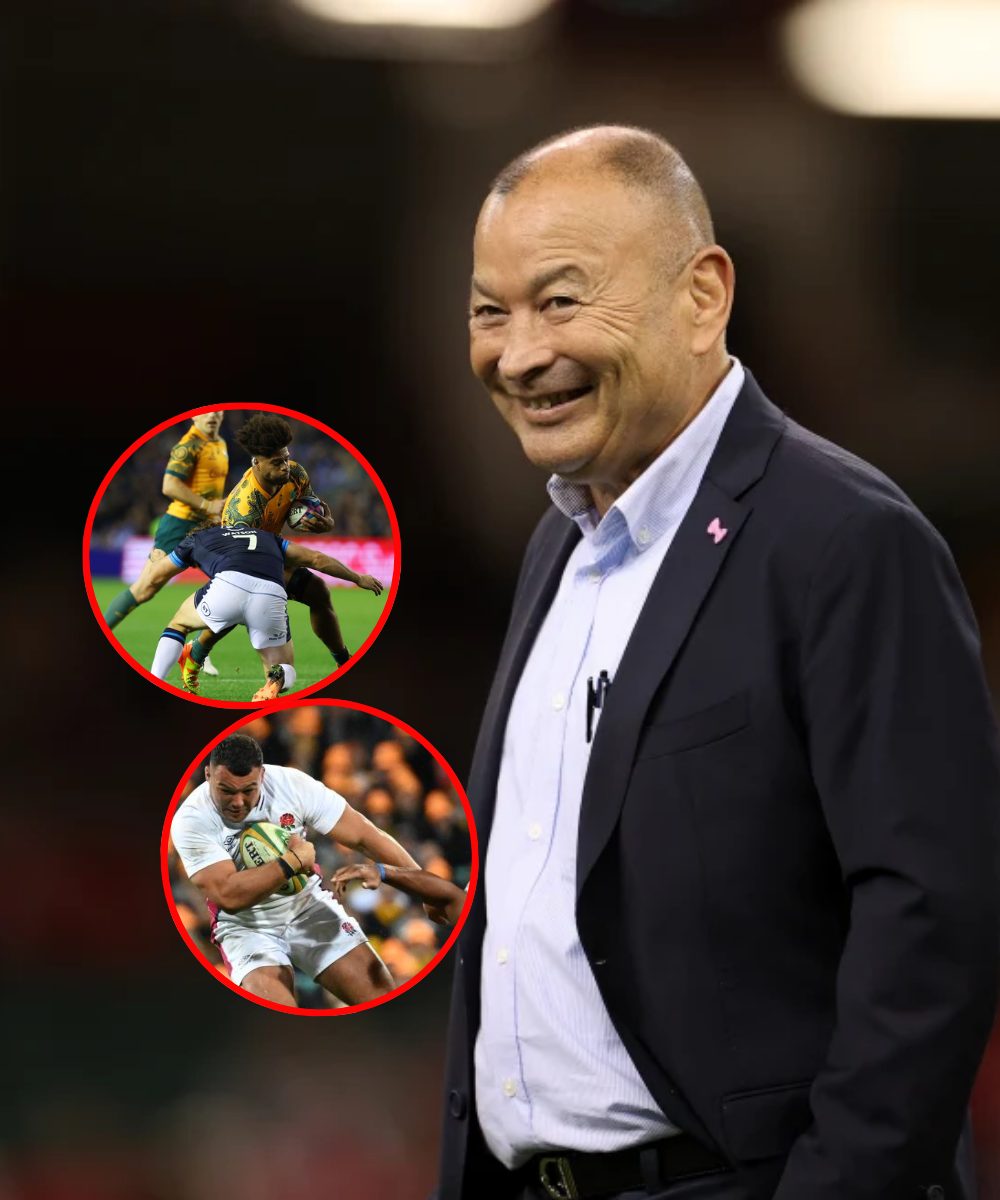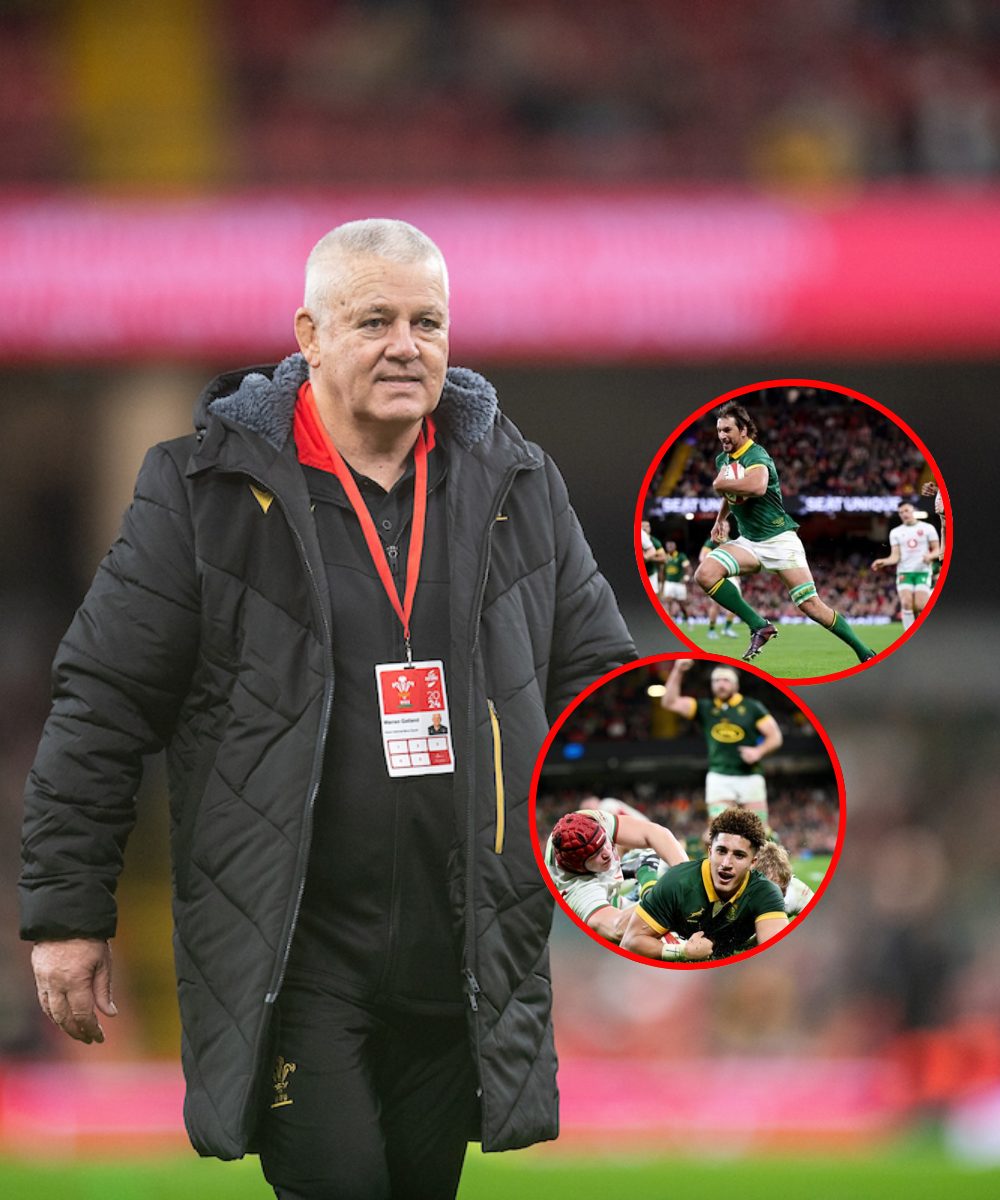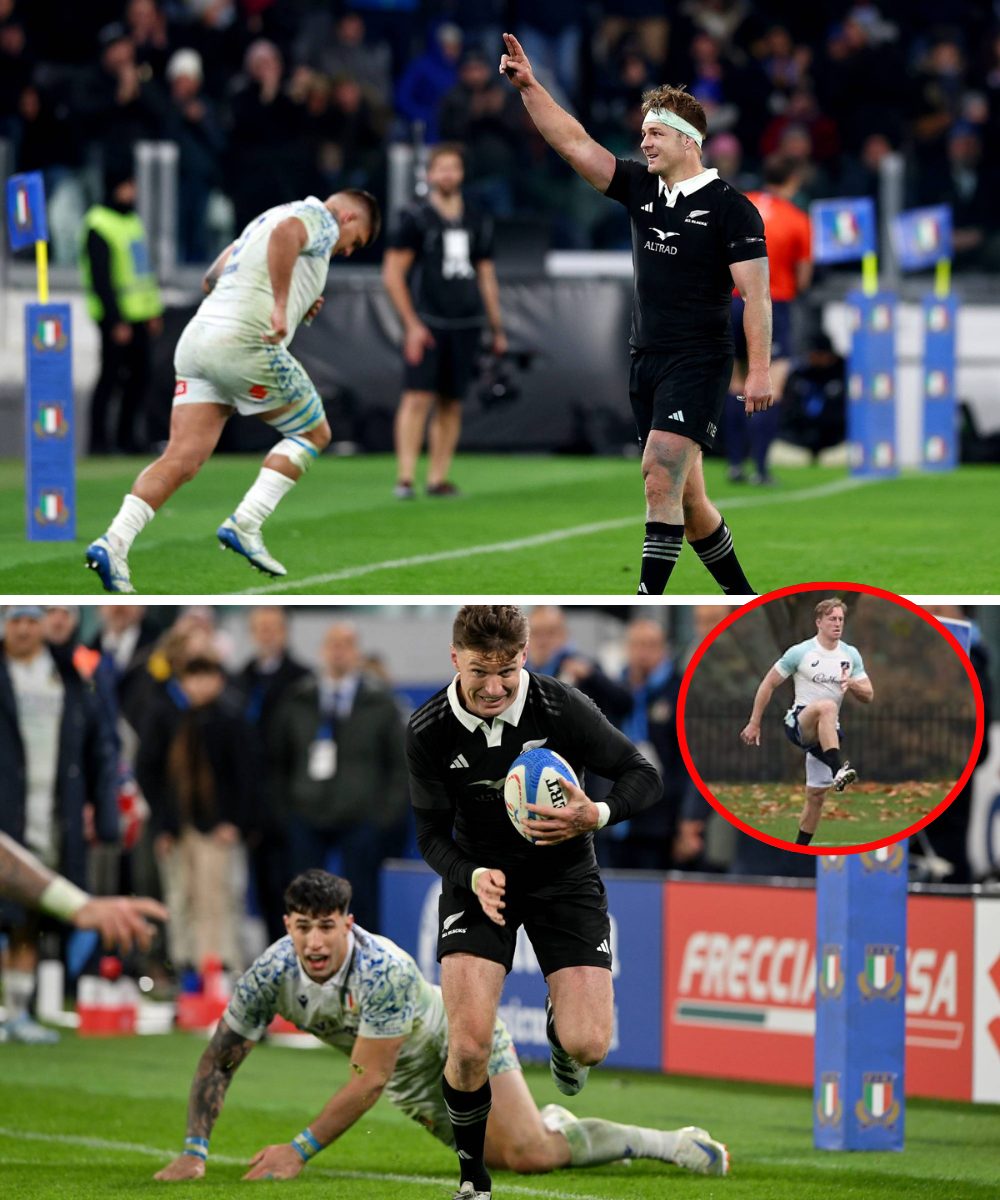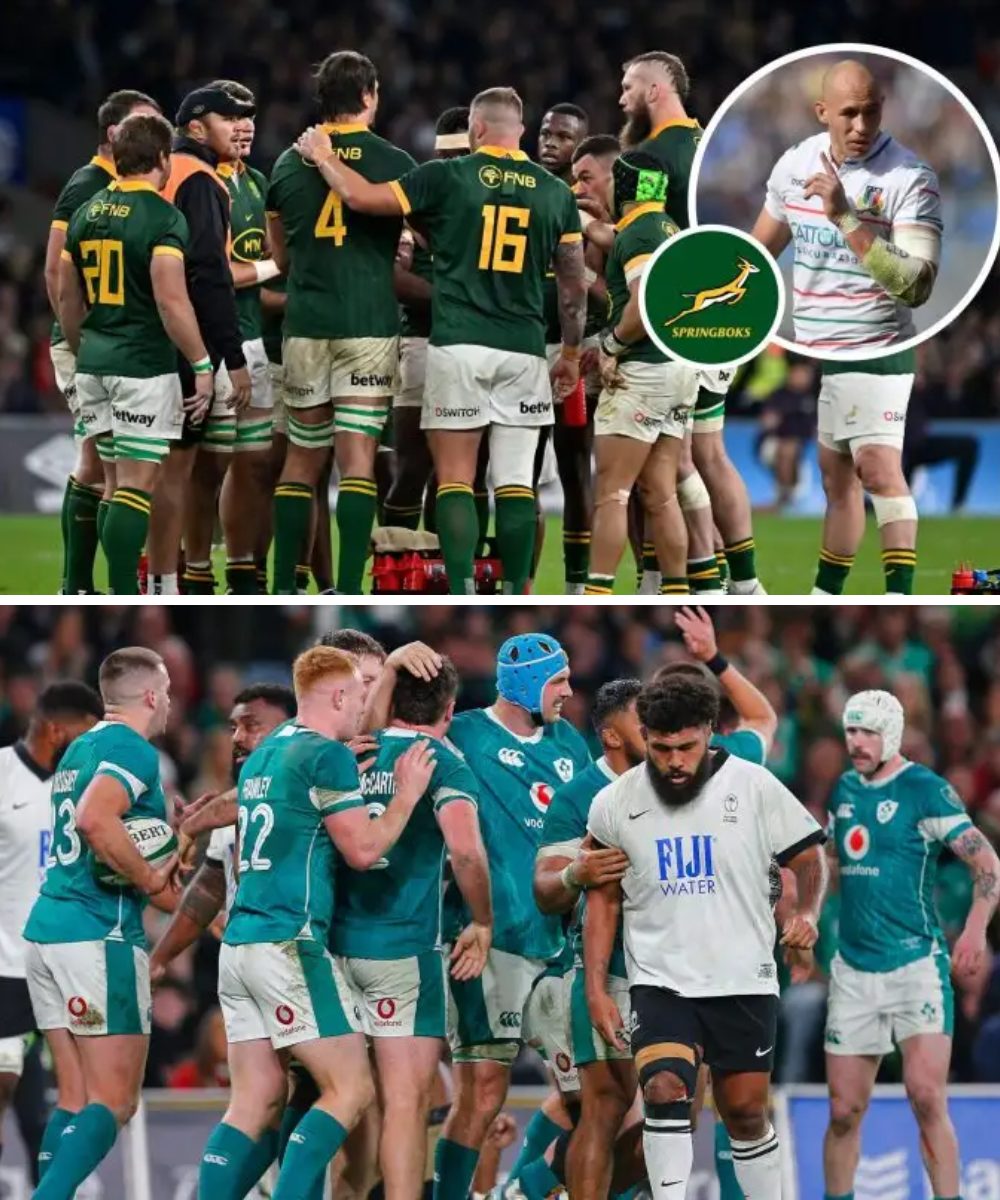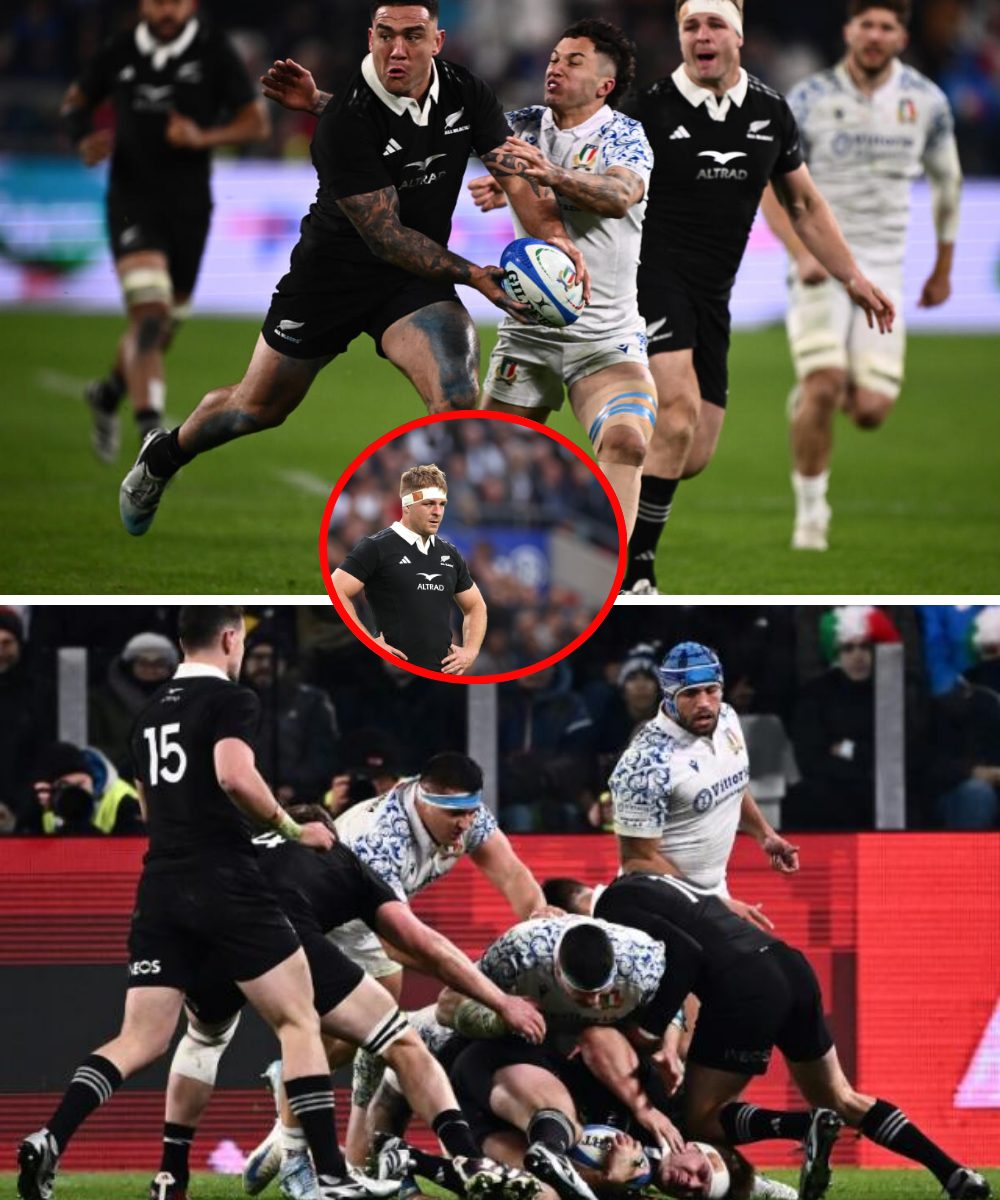While Arsenal are set to splash more than £200 million ($254m) this summer in a serious statement of their intentions to chase down Premier League champions Manchester City, Manchester United will have to spend their money more wisely.
The Red Devils have been told they have only £120m ($152m) to spend on new players this summer, according to the Daily Mail, causing a headache to manager Erik ten Hag as he seeks to refresh his squad and build on last season’s third-placed finish.
The limits are due to the Premier League’s Profitability and Sustainability regulations, which do not allow clubs to lose more than £15m ($19m) over a rolling three-year period.
And there are a number of other reasons why United’s spending will be constrained this summer, ranging from the enormous debt the Glazer family have saddled on the club, to overpaying in previous transfer windows and not generating enough money in player sales, especially compared to their top-six Premier League rivals.
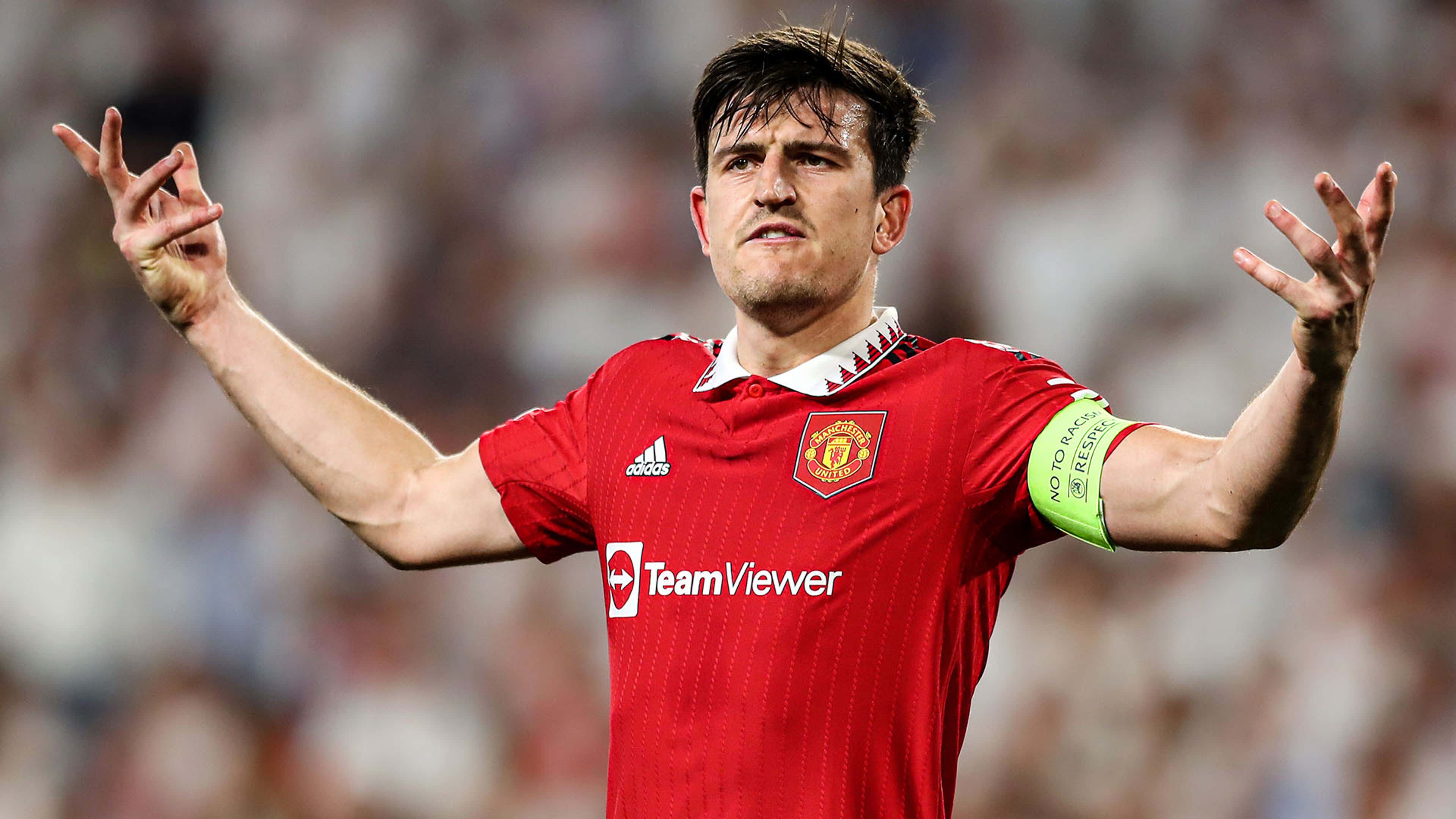 Spending too much on the likes of Maguire & Antony
Spending too much on the likes of Maguire & AntonyEven though they have not won the Premier League since Sir Alex Ferguson retired in 2013 – or even launched a decent title challenge – United have spent a huge amount of money on transfers in the last decade. The problem is they have made a lot of mistakes in the transfer market, paying far too much for players who have underperformed.
The £80m ($102m) purchase of Harry Maguire in 2019, still a world-record fee for a defender, comes to mind, especially now that the defender is a marginal squad player for Ten Hag. Paying £85m ($105m) to sign Antony, who only scored four Premier League goals last season, also looks like an error, as does shelling out £74m ($94m) for Jadon Sancho.
Even success stories like Casemiro and Bruno Fernandes cost the club a pretty penny. That explains why United have spent a total of £1.67 billion ($2.12bn) on players between 2013 and 2022, the second-highest amount in the Premier League. They only trail Chelsea’s spending of £2bn ($2.5bn) in that period.
Man City have parted with £1.65bn ($2.1bn) on players but have been more than compensated by winning six Premier League titles and finally landing the Champions League last season. Liverpool, who have reached three Champions League finals since 2018 and won the title in 2020, have spent far less than both Manchester clubs, £1.14bn ($1.4bn).
 Earning very little back from sales
Earning very little back from salesUnited do not just spend a lot, they make very little back in player sales, often generously awarding large new contracts to players who ended up leaving for free; think of Phil Jones, Nemanja Matic, Ander Herrera, Juan Mata and Paul Pogba. Or awarding David de Gea a four-year contract worth £375,000 per week in 2019.
The Red Devils rank lowest among the Premier League’s ‘big six’ clubs in terms of player sales, pocketing just £133m ($169m) since 2013, according to data from football finance analyst Kieran Maguire.
That contrasts with Chelsea, who have offset their big spending over the last decade by making £706m ($896m) in player sales. Eden Hazard, who was sold to Real Madrid in a deal rising to £142m ($180m) in 2019, contributed heavily to the Blues’ income.
 £900m in interest payments on debt
£900m in interest payments on debtThe most painful aspect of United’s financial management for fans to digest is the £906m ($1.15bn) they have spent on interest payments on the debt they accrued in the Glazers’ leveraged buyout of the club in 2005.
The debt the American family saddled on the club has been the main factor in the waves of protests fans have staged against the owners, which ramped up last season, with fans chanting “We want Glazers out” every time the team scored at Old Trafford.
The interest payments on the loans have severely eaten into the club’s operating profits, reducing the amount of money they are able to spend under the Profitability and Sustainability rules.

Little leeway due to a lack of shares
One way around the Profitability and Sustainability rules is for clubs to inject money in the form of shares. Clubs can put up a maximum of £90m ($114m), taking the total permitted loss to £105m ($133m).
But, according to Maguire, it is both difficult and costly for United to issue extra shares as they are listed on the New York Stock Exchange. And since taking control of United in 2005, the Glazers have not put any equity into the club, meaning the total amount they can lose in the rolling three-year period cannot rise above £15m ($19m).
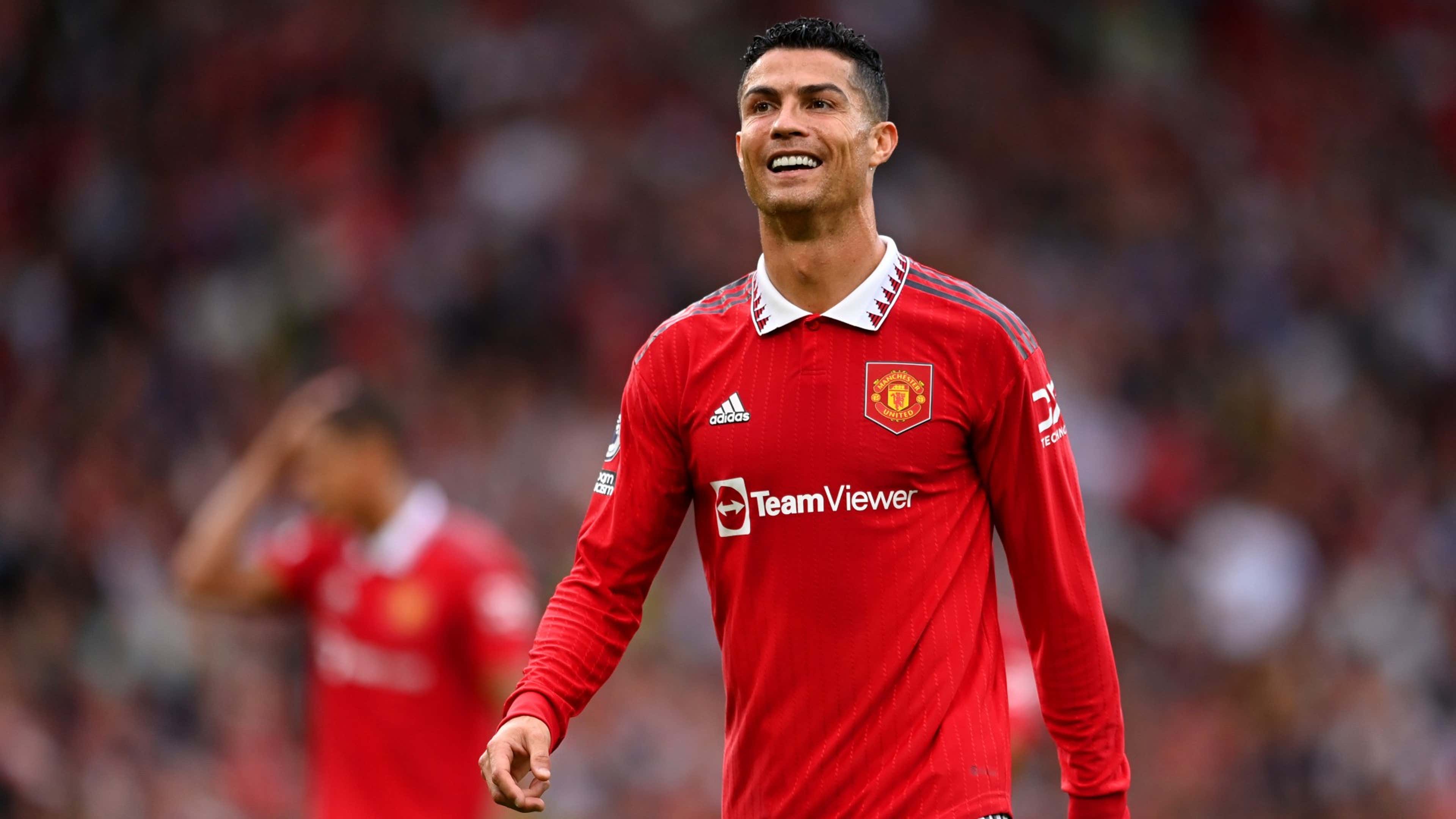
A huge wage bill – but it’s coming down
Another factor in United’s large total expenditure, which impacts on Profitability and Sustainability, is the club’s huge wage bill.
United had the biggest wage bill of all Premier League clubs in the 2021-22 season with £384m ($487m), which makes the fact they ended up finishing sixth in the table while recording their lowest points total in 30 years all the more galling for fans.
The return of Cristiano Ronaldo was a big reason for that but his departure in November 2022 led to a fall in the club’s wage bill for last season. And the fact United did not have to pay bonuses for Champions League qualification led to a further reduction, although their return to Europe’s top competition next year means it will rise again.
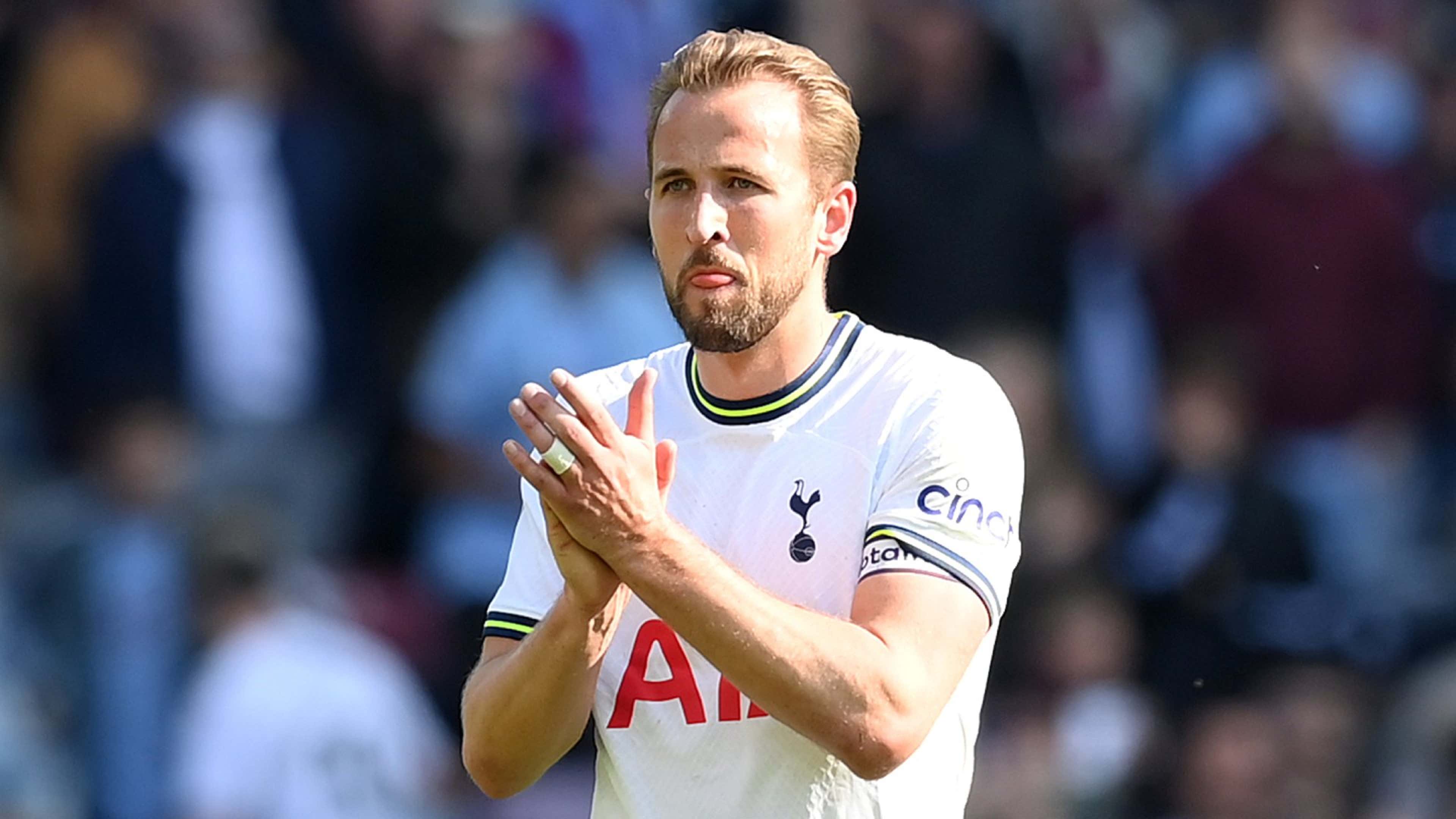
Rice and Kane too costly
United’s £120m budget goes a long way to explaining why they were never in serious contention to sign Declan Rice and did not join Manchester City and Arsenal in lodging a bid for the England midfielder. Rice is set to join Arsenal for a total of £105m ($133m).
It is also the reason why they have effectively ruled themselves out of signing Harry Kane, who was believed to be the club’s No.1 target, and who Ten Hag admitted to wanting to sign.
The club have now used up half of their budget by signing Mason Mount for £60m ($76m) including add-ons, which looks like another inflated fee considering the midfielder had only one year left on his contract with Chelsea.
The Red Devils will have to think very carefully about their next move, be that for Inter goalkeeper Andre Onana or Atalanta striker Rasmus Hojlund, although they will be able to bolster their spending by selling players such as Harry Maguire, Jadon Sancho and Dean Henderson.

